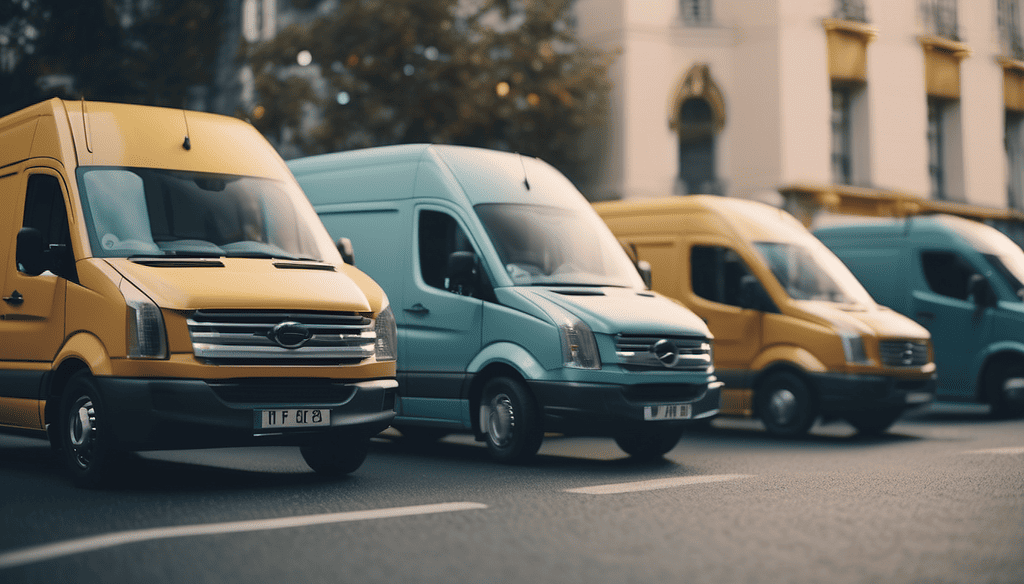V2X Communication: New Heights Reached in Connected Mobility in 2023
The concept of vehicle-to-everything – V2X communication – has been gaining momentum in recent years, with its potential to revolutionize the transportation landscape. In 2023, significant progress was made in the development and deployment of V2X technology, paving the way for a more interconnected and intelligent transportation ecosystem.
Key Advancements in V2X Communication in 2023
- Expanded Infrastructure Deployment: The number of V2X-enabled intersections and roadside units increased significantly in 2023, enabling seamless data exchange between vehicles and infrastructure. This infrastructure expansion is crucial for realizing the full potential of V2X communication in enhancing road safety, traffic efficiency, and personalized experiences.
- Improved Interoperability: Efforts to ensure interoperability between different V2X communication protocols and standards gained traction in 2023. This interoperability is essential for enabling seamless data exchange across various vehicle manufacturers, infrastructure providers, and mobile network operators.
- Enhanced Vehicle Functionality: V2X technology enabled new features in vehicles in 2023, such as proactive safety alerts, adaptive cruise control, and lane departure warning systems. These features leveraged real-time data exchange to enhance driver safety and comfort.
- Increased Adoption in Autonomous Vehicles: V2X communication became increasingly critical for autonomous vehicle development in 2023. The technology enabled autonomous vehicles to perceive their surroundings more accurately and make informed decisions in real-time, making them safer and more efficient.
The Impact of V2X Communication on Connected Mobility
V2X communication holds the promise of transforming the transportation industry, bringing about a more connected, intelligent, and safer future for mobility. Here are some specific benefits of V2X communication:
- Enhanced Road Safety: V2X enables vehicles to share real-time information about their location, speed, and intentions, enabling them to anticipate potential hazards and take proactive measures to avoid accidents.
- Improved Traffic Efficiency: V2X data can be used to optimize traffic flow, reduce congestion, and provide drivers with real-time traffic information to make informed route choices.
- Personalized Mobility Experiences: V2X communication can personalize mobility experiences, providing drivers with tailored route suggestions, real-time traffic updates, and personalized recommendations based on their preferences and needs.
Real-World Examples of V2X Rollout
The growing momentum behind V2X technology has translated into tangible progress in infrastructure deployment. Here are a few notable examples:
- The City of Gothenburg, Sweden, has deployed V2X-enabled intersections at 100 strategic locations, enabling real-time communication between vehicles and infrastructure to optimize traffic flow and reduce congestion. The city has since reported a 20% reduction in traffic congestion at V2X-enabled intersections.
- The state of California, USA, has adopted a statewide standard for V2X communication, paving the way for seamless deployment across different municipalities and transportation agencies.
- The European Union has established the C-ITS (Cooperative Intelligent Transport Systems) initiative, which aims to create a pan-European V2X infrastructure network.
- Leading technology companies, such as Qualcomm and Intel, are collaborating with infrastructure providers to develop and deploy V2X-enabled roadside units and intersection controllers. Volvo Cars is partnering with Qualcomm to integrate V2X technology into its vehicles, aiming to make its cars safer and more connected.
- Ford Motor Company has equipped its F-150 pickup trucks with V2X technology, enabling them to share real-time information about their size, location, and intentions with other vehicles and infrastructure.
The Road Ahead for V2X Communication
While significant progress has been made in V2X communication, continued development and standardization are needed to fully realize its potential. Key areas for focus include:
- Widespread Adoption: V2X technology needs to be adopted more widely by vehicle manufacturers, infrastructure providers, and mobile network operators to reach a critical mass for widespread impact.
- Enhanced Security: V2X systems need to be equipped with robust cybersecurity measures to protect against cyberattacks and ensure the integrity of data exchange.
- Regulatory Harmonization: International harmonization of V2X standards and regulations is essential to facilitate interoperability and enable seamless deployment across different regions.
As V2X communication continues to evolve, it holds the key to a more connected, intelligent, and safer transportation future. By addressing the challenges and seizing the opportunities, V2X can transform our mobility experience and shape the future of transportation.




